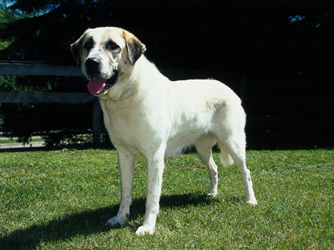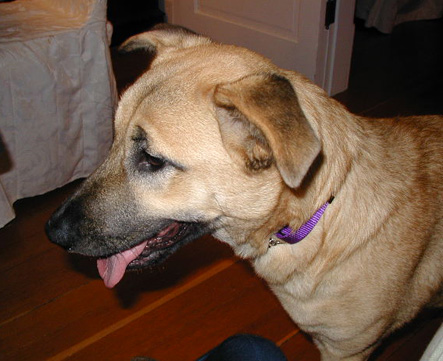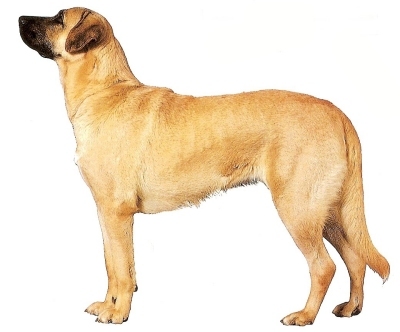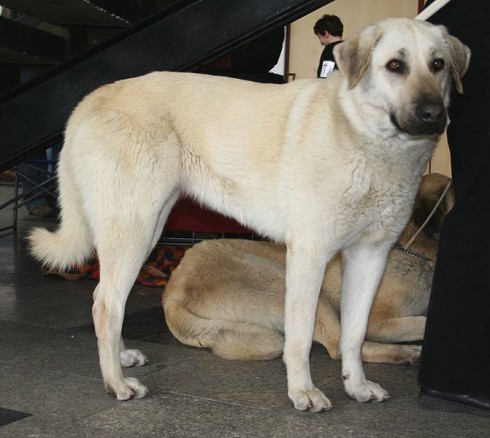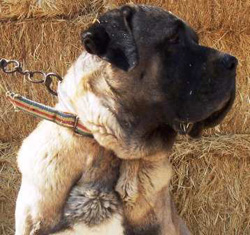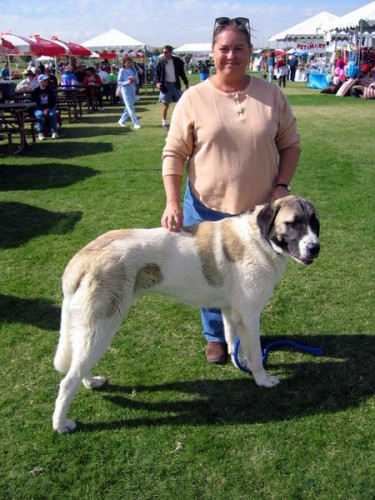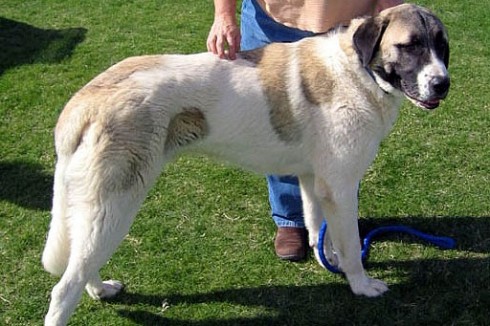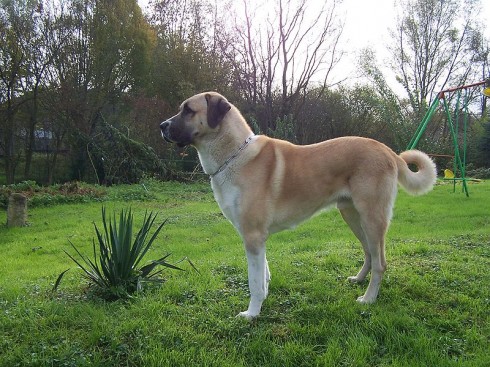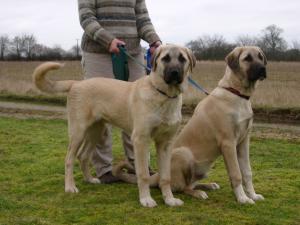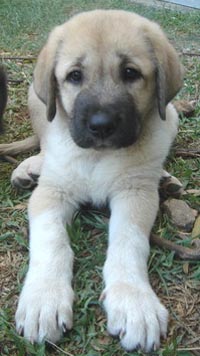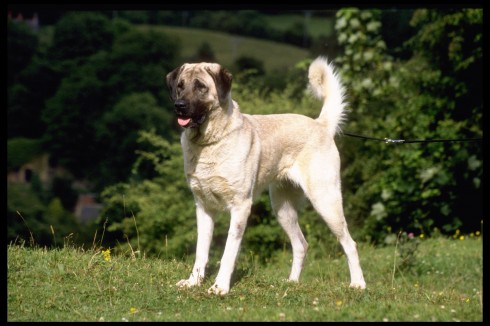Main Index
In Store
Our Web Store
Miniature Schnauzer Picture Gallery
Latest Dog Blogs
- What Are The Basic Commands To Train A Dog?
- PaySafe As The Most Popular Type Of Deposit
- Everything You Need To Know About Pet Sales
- Dogs Contribute To Our Physical And Mental Well Being
- How To Choose Where To Bet On Greyhounds In 2022
- Volunteer With Animals - How To Help Dogs Around The World
- Basic Understanding Of The House Edge
- Why You Should Get A Dog
- Top 20 Popular Dog Names Around The World
- Constipation in Dogs and How to Find Solutions
Anatolian Shepherd Dog
Anatolian Shepherd Dog Picture Gallery
Anatolian Shepherd Dog Breeders
Anatolian Shepherd Dog Clubs/Associations
The Full Anatolian Shepherd Dog Description
The Anatolian Shepherd Dog is one of the most majestic and noble animals in the service of man; still being used in the rural districts of Turkey as the shepherds' indispensable companion and front line of defense of his livestock from predators. Without the aid of the Anatolian Shepherd Dog, the Turkish shepherd would be less able to defend his property and flock from wild animals.
Indicative Breed Standard
General Appearance
Large, upstanding, tall, powerfully built, with broad, heavy head and short dense coat. Must have size, stamina and speed.
Characteristics
Active breed used originally as a guard dog for sheep; hard working; capable of enduring extremes of heat and cold.
Temperament
Steady and bold without aggression, naturally independent, very intelligent. Proud and confident.
Head and Skull
Skull large, broad and flat between ears. Slight furrow between eyes and slight stop. Mature males have broader head than females. Foreface one- third of total head length. Slightly pendulous black lips. Square profile. Nose black.
Eyes
Rather small in proportion to size of skull, set well apart and deep, showing no haw. Golden to brown in colour. Eye rims black.
Ears
Medium-sized, triangular in shape, rounded at tip, carried flat to skull and pendant, higher when alert.
Mouth
Teeth strong, with a perfect, regular and complete scissor bite, i.e. upper teeth closely overlapping lower teeth and set square to the jaws. Lips black.
Neck
Slightly arched, powerful, muscular, moderate in length, rather thick. Slight dewlap.
Forequarters
Shoulders well muscled and sloping. Forelegs set well apart, straight and well boned; of good length; strong pasterns, slightly sloping when viewed from side. Elbows close to sides.
Body
Chest deep to point of elbow, ribs well sprung. Body powerful, well muscled, never fat. Level back. Body in proportion to leg length, slightly arched over loins, with good tuck-up.
Hindquarters
Powerful, lighter than forequarters; moderate turn of stifle.
Feet
Strong feet with well arched toes. Nails short.
Tail
Long, reaching at least to hock. Set on rather high. When relaxed carried low with slight curl, when alert carried high with end curled over back, especially by males.
Gait/Movement
Relaxed even gait, with impression of latent power, very supple movement. Noticeable straight line of head, neck and body, giving impression of stalking in some dogs. Great drive when viewed from side.
Coat
Short, dense with thick undercoat. Flat, close-lying, neither fluffy nor wavy. Slightly longer and thicker at neck, shoulders and tail; no feathering on ears or legs.
Colour
All colours acceptable but it is desirable that they should be whole colours, cream to fawn, with black mask and ears.
Size
Height: dogs: 74-81 cms (29-32 ins) at the shoulders; bitches: 71-79 cms (28-31 ins). Weight: mature dogs: 50-64 kgs (110-141 lbs); bitches: 41-59 kgs (90-130 lbs).
About Our Article Directory
- Article
- 27 November 2010
- 2 comments
Canis lupus familiaris
- Breed Article
- 29 May 2010
- No comments
Quick Search
Donate
Latest Dog Pods
- Tips on How to Stop Your Dog from Biting
- Beware - Not All Advertised Dog Rescues Really Are! How Can You Know The Truth?
- Helpful Tips For Dog Obedience Problems
- How to Keep Dogs From Eating Poop
- Dog Grooming Tips - A General Overview of the Very Basics of Dog Grooming
- Recognising Different Types of Dog Obedience Problems
- 5 Important Tips On Feeding A Puppy


